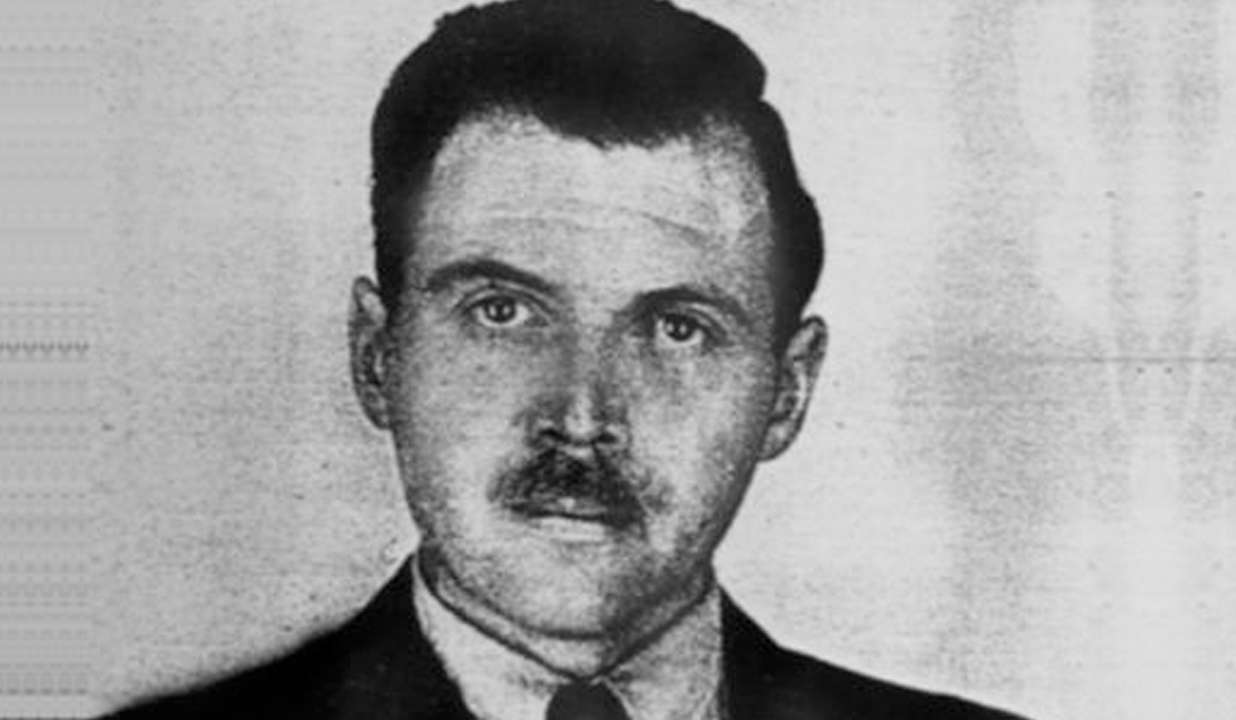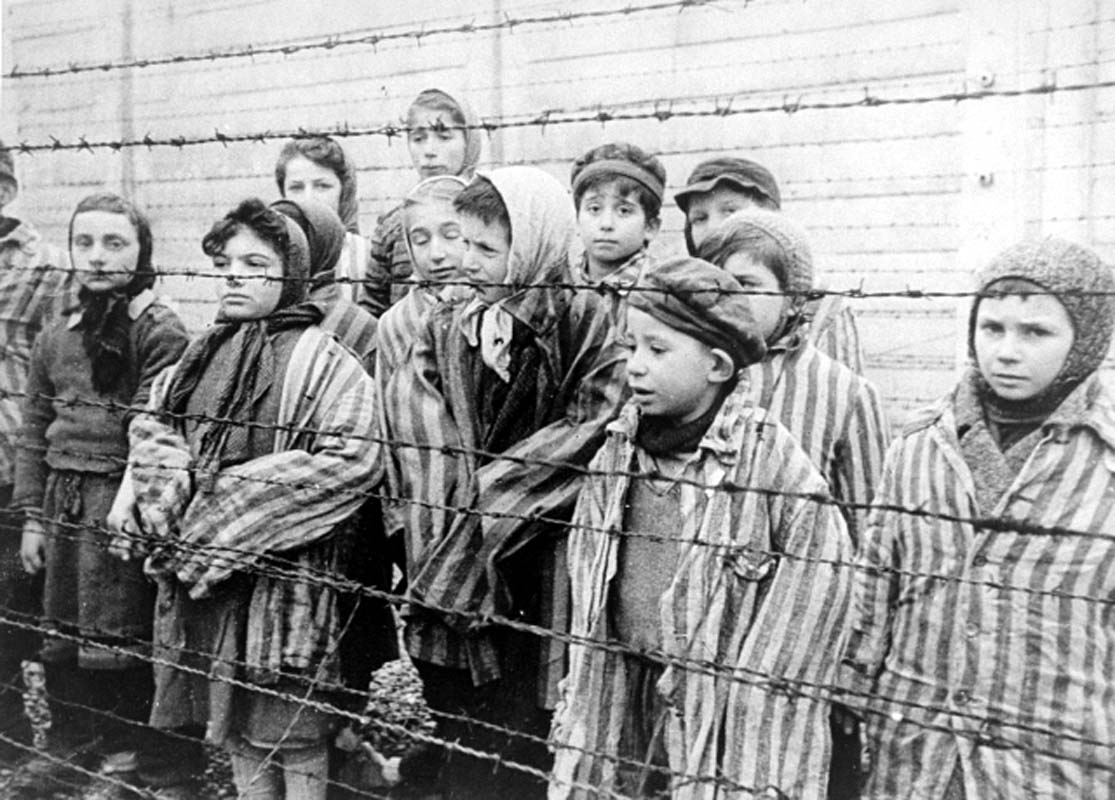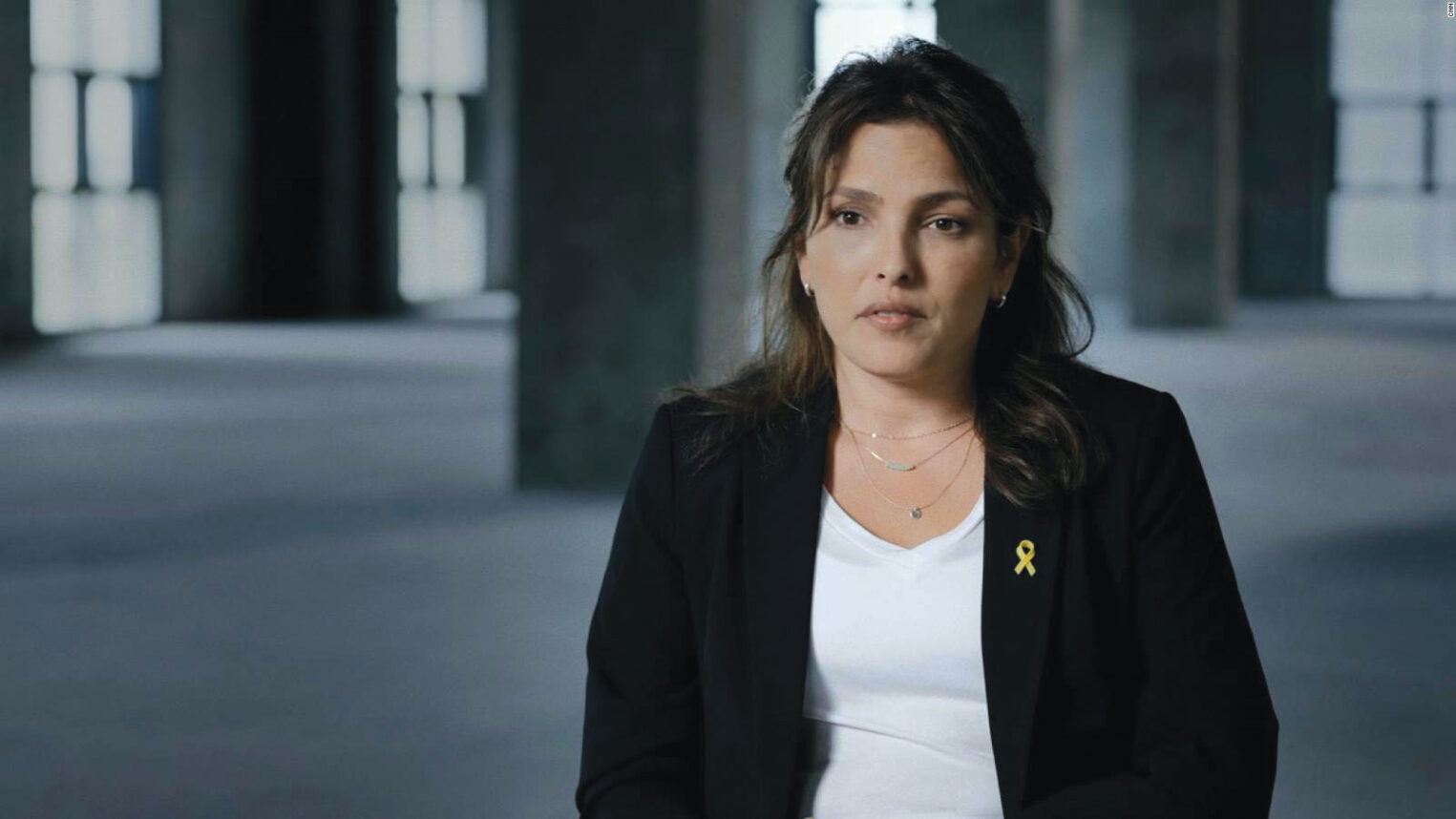 Nazi war criminal Josef Mengele
Nazi war criminal Josef Mengele At a German physician’s conference held in Bad Krynica in occupied Poland in October 1941, amid a raging spotted fever epidemic in the Warsaw ghetto that was spreading beyond the ghetto walls, the head of the German Public Health Division of the General Government, Dr. Jost Walbaum, suggested to his colleagues:
- One must … be clear about it. There are only two ways. We sentence the Jews in the ghetto to death by hunger or we shoot them . … We have one and only one responsibility, that the German people are not infected and endangered by these parasites. For that any means must be right.
His audience of 100 German physicians reacted with resounding applause, as detailed in Christopher Browning’s article, “Genocide and Public Health.” Sometimes, a physician’s work can have an enduring impact on society.
During the 12-year reign of the Nazi regime, many German and Austrian physicians and scientists found themselves increasingly free to pursue their research liberated from societal moral restraints. Guided by Nazi-inspired complete disregard for the humanity of their subjects, they engaged in torture, murder and experimentation aimed at improving or saving the lives of Germans and of the so-called Aryan race. And this research was not always secret; it was often presented at seminars and conferences and even published.
We have all heard of the infamous Dr. Josef Mengele and his experiments on prisoners, mostly Jews, at Auschwitz-Birkenau. Perhaps his most notorious research was his experiments on identical twins. But Mengele worked within accepted scientific frameworks in Germany. He applied for research grants from highly reputable foundations; his applications were peer-reviewed; his former Ph.D. adviser, Professor Othmar von Verschuer, supervised his research; and he presented his research at seminars and conferences. The German medical and scientific community was complicit.

Following on his career trying to help infertile women bear children, the gynecologist Dr. Carl Clauberg experimented on sterilization of women in Block 10 at Auschwitz. Drs. Ernst Holzlöhner and Sigmund Rascher engaged in hypothermia experiments at the Dachau concentration camp in the hope of finding ways to save German pilots shot down over the icy Baltic Sea. In 1942, Rascher presented a paper based on this research that had killed hundreds of prisoners in Dachau at an academic conference on “Medical Problems Arising from Sea and Winter.”
Other physicians conducted experiments on bone, muscle and nerve transplantation; malaria; immunization; high altitude; blood coagulation; and many more topics. This was done for the “good of the German people,” and to the detriment and often death of the thousands of prisoners on whom they conducted these experiments.
This brief overview points to two troubling questions. First, “How could mainstream German medicine and science have included and promoted such people, even after the war?” And second, “What if this research yielded results that could benefit humanity? Can the results of such deeply tainted, murderous research be used today?”
What if this research yielded results that could benefit humanity? Can the results of such deeply tainted, murderous research be used today?
The unapologetic attitudes of physicians tried after the war for their crimes, such as at the Doctors’ Trial conducted in Nuremberg by the Americans December 1946 to August 1947, further highlights these questions. At that trial and in other trials, as well as in other contexts, doctors argued that there was no international law regarding medical experimentation during the war.
Some doctors also openly espoused Nazi racial doctrine regarding the Jews and claimed that their work had benefited the world. And recently, the case of confirmed Nazi Dr. Eduard Pernkopf and his highly esteemed textbook Atlas of Applied and Topographical Human
Anatomy has been in the news, following groundbreaking surgery to improve the life of a handicapped patient in Israel. This poses, 75 years after the Holocaust, the ethical question: Can photos and diagrams from the bodies of Nazi victims be used to teach anatomy or conduct life-saving surgery? The very fact that this ethical question is still debated today reflects the ongoing relevance of the Holocaust, and in this case, in the realm of medical ethics.
During the Holocaust, other physicians had a different lasting impact. For example, in his article “Jewish Medical Resistance in the Warsaw Ghetto,” which appeared in Michael Grodin’s book Jewish Medical Resistance in the Warsaw Ghetto, Dr. Myron Winnick has described the research on hunger disease conducted by physicians in the Warsaw ghetto in 1942 as: “the most extensive investigation of starvation ever carried out. … The physicians described the clinical findings in such detail that their description remains the clearest to date. … [It] remains a major building block in our understanding of the effects of severe malnutrition on both adults and children. But it is more than that. It is a glimpse into the character of some of the physicians in the Warsaw ghetto.”
The research was initiated and led by Dr. Israel Milejkowski, a physician who headed the Warsaw ghetto’s health department. It is instructive to contrast his and his colleagues’ legacy with that of the Nazi physicians mentioned above.
In their efforts to live up to the moral undertakings of their professions, Jewish medical personnel also often faced impossible dilemmas. The gynecologist Gisella Perl relates her work in Auschwitz-Birkenau saving the lives of pregnant Jewish women by performing abortions, or of new mothers sometimes even killing their newborn infants. Other physicians relate similar stories regarding saving lives at a terrible cost in the unprecedented conditions into which the Nazis had thrust them. Human life was their guiding ethical light.

The enduring questions regarding medicine and medical practitioners during World War II and the Holocaust still haunt us on the one hand, as we continue to grapple with the difficult ethical questions posed by the actions of Nazi physicians. Yet, on the other hand, the actions of many Jewish and other prisoner medical practitioners continue to inspire, and the beneficial results of their work endures.
David Silberklang is a senior historian at Yad Vashem’s International Institute for Holocaust Research. He lectures on Jewish history at the Rothberg International School at the Hebrew University of Jerusalem and at the Weiss-Livnat International MA Program in Holocaust Studies at the University of Haifa. His book, “Gates of Tears: The Holocaust in the Lublin District” was a finalist for the National Jewish Book Award and the Yad Vashem International Book Prize in Holocaust Research.























 More news and opinions than at a Shabbat dinner, right in your inbox.
More news and opinions than at a Shabbat dinner, right in your inbox.